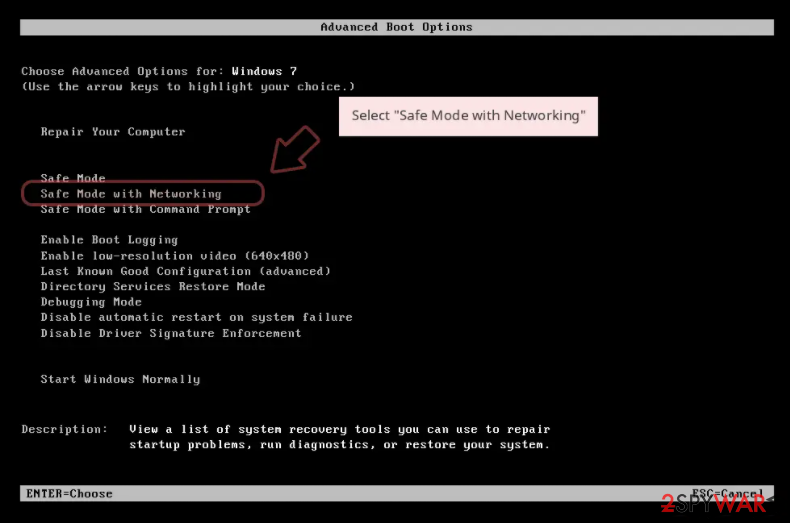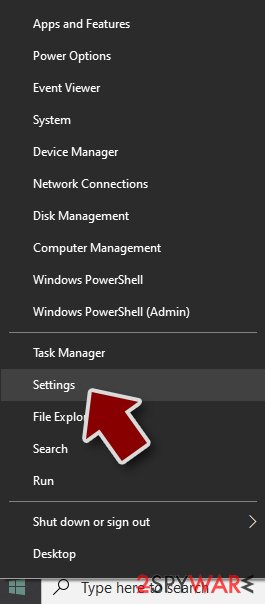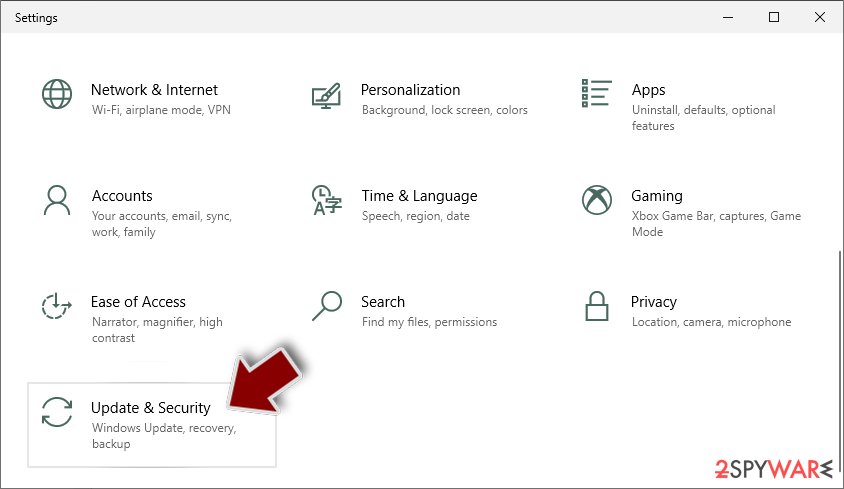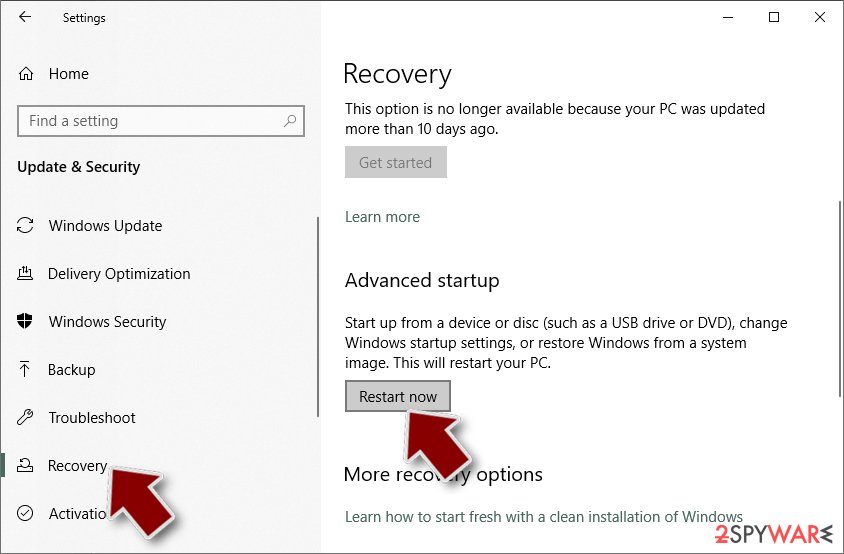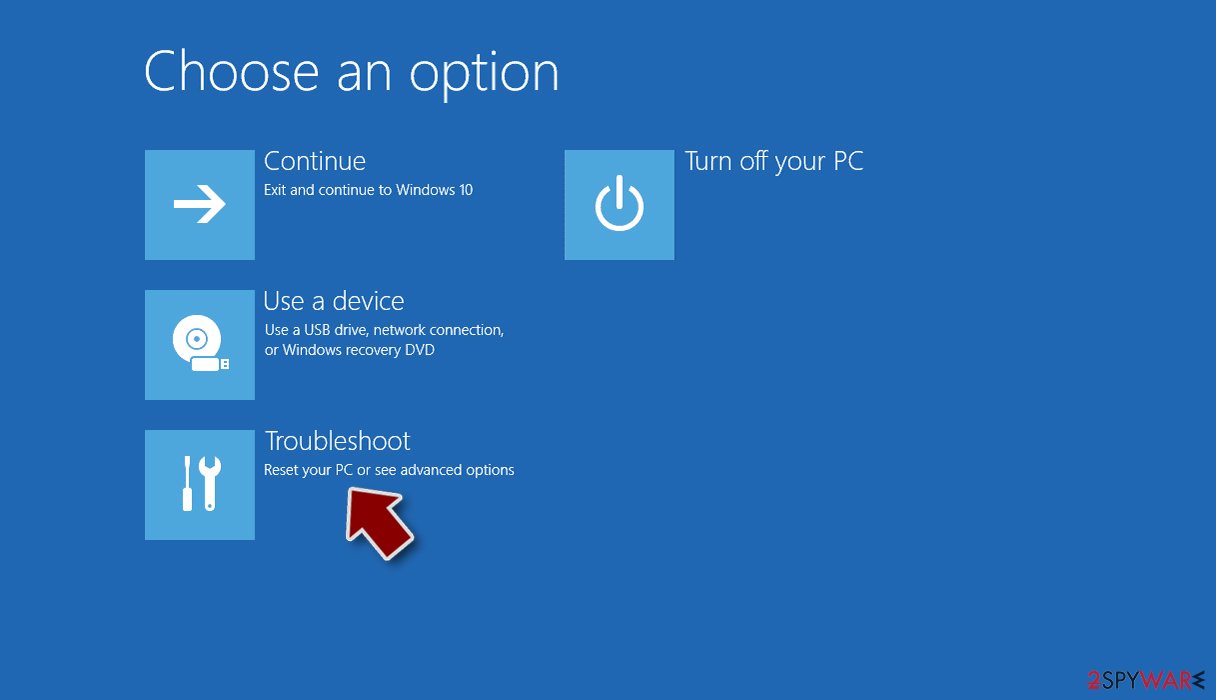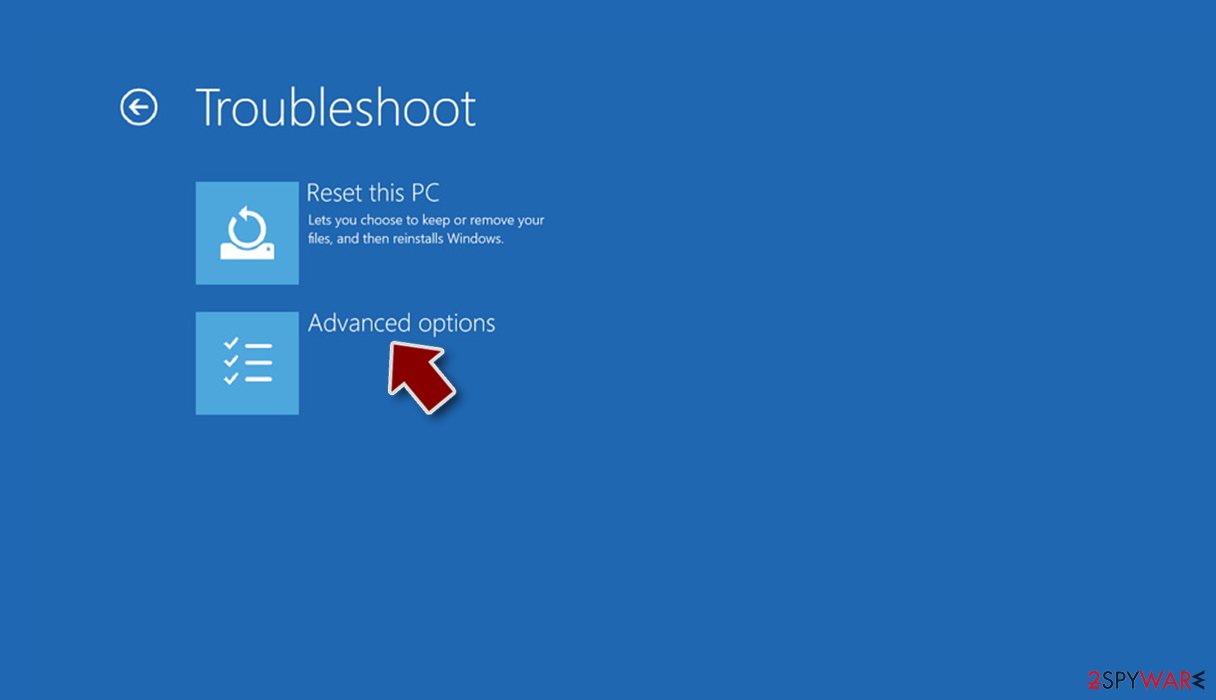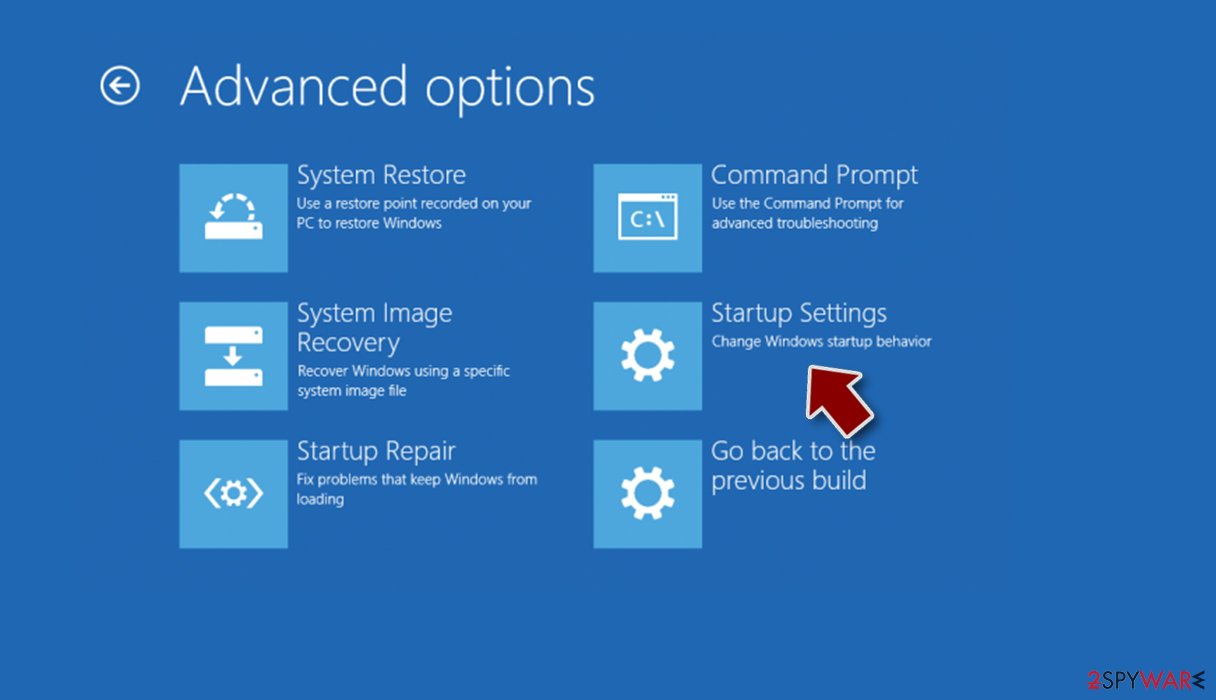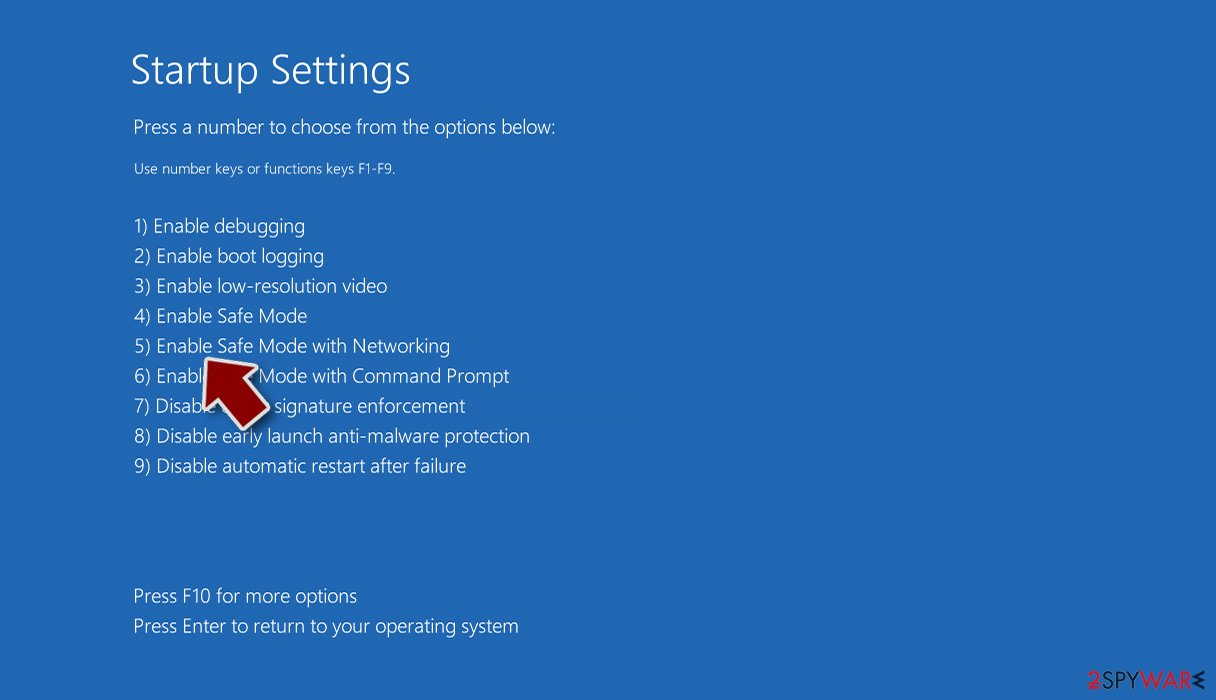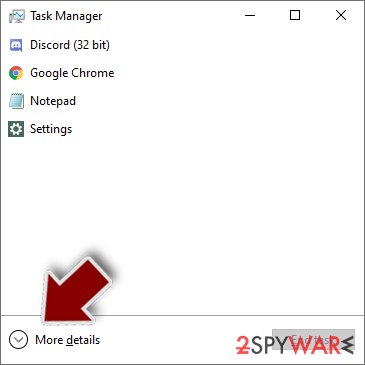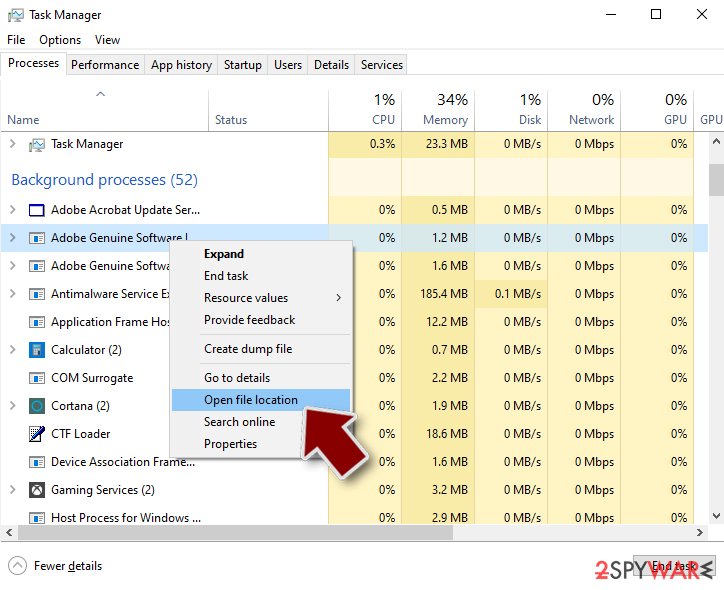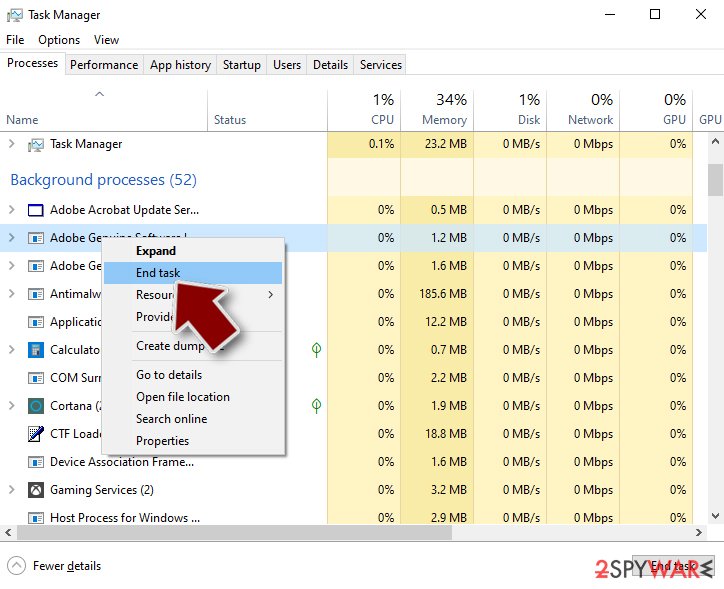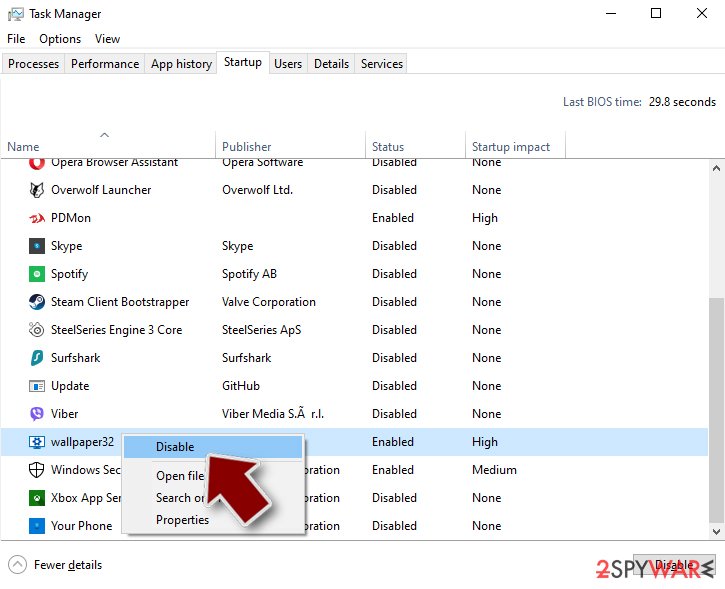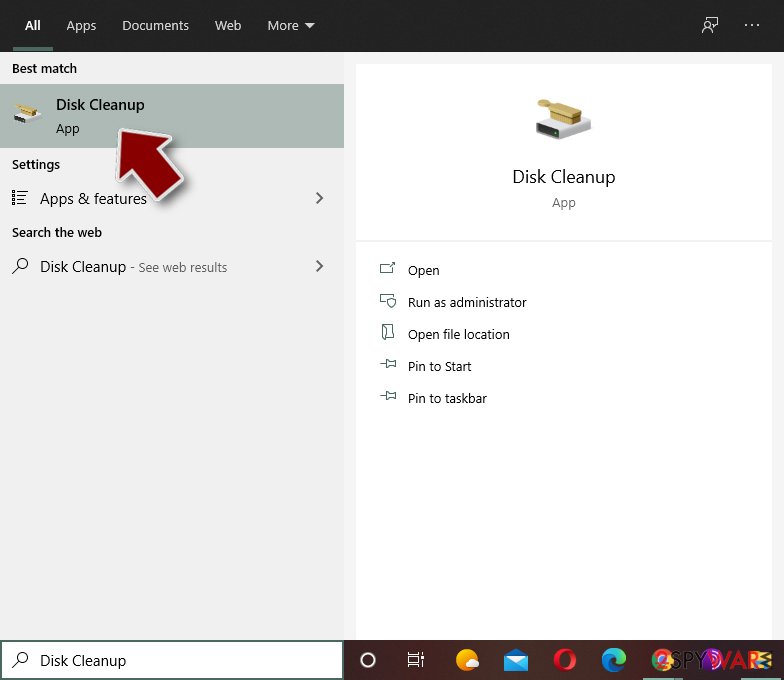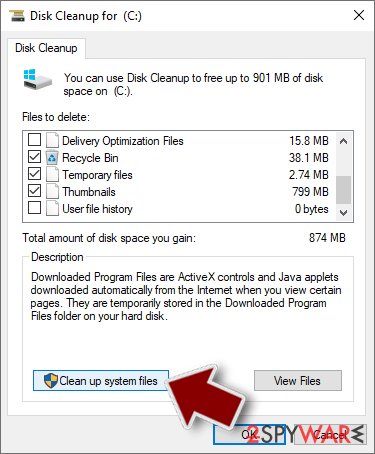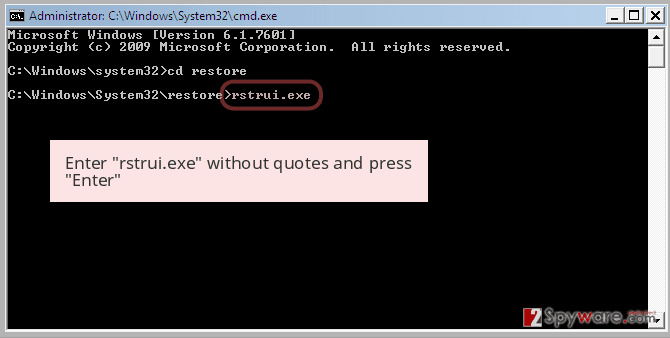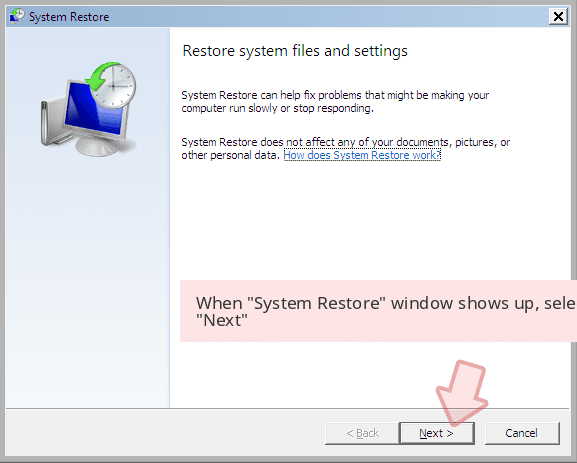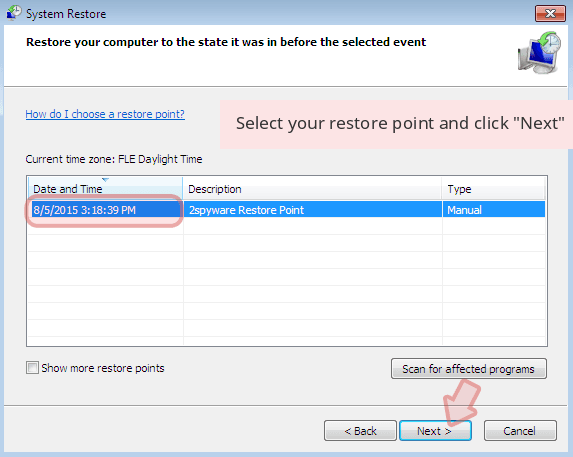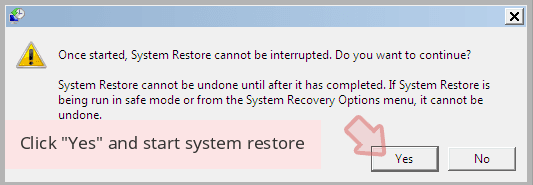LongTermMemoryLoss ransomware (Decryption Steps Included) - Simple Removal Guide
LongTermMemoryLoss virus Removal Guide
What is LongTermMemoryLoss ransomware?
LongTermMemoryLoss ransomware targets the most popular files
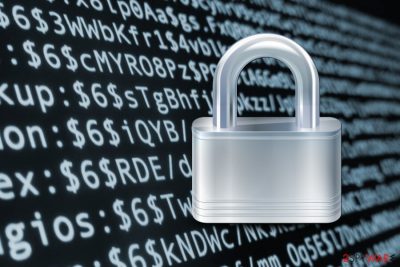
LongTermMemoryLoss ransomware[1] is a file-encrypting virus that employs AES cryptography to lock important files on the system in order to swindle the money from the users. This malicious software appends .LTML file extension and in this way prevents victims from using their documents, audio or video records, and access other data.
Due to the appended file extension, malware is also known under the name of LTML ransomware. According to the latest research data, the virus might still be in development. However, the active distribution might be launched anytime soon.
The LongTermMemoryLoss virus might infiltrate the machine when a user opens a malicious email attachment. When all malware-related files are installed and executed, ransomware starts scanning the system looking for the targeted file types.
When all audio, video, image files, databases, and documents are locked with .LTML extension, the malware runs a program window called “ATTENTION!” where crooks should provide data recovery instructions. However, the lack of text allows assuming that the virus is not ready yet.
However, if you discovered this ransomware on your PC, you should not wait until developer, known as Asmcx15, send you data recovery offer. You should remove LongTermMemoryLoss malware from the system immediately.
Crypto-viruses are one of the most dangerous cyber threats. Thus, they might damage the system and cause numerous changes. Thus, LTML virus might alter Windows registry or create new entries. Additionally, malware might inject malicious code into legit system processes.
It goes without saying that system scan with reputable antivirus or anti-malware is necessary after ransomware attack. We highly recommend using FortectIntego for LongTermMemoryLoss removal. However, if it blocks access to security software, check the instructions at the end of the virus description. Our team has prepared a guide that will help to disable ransomware.
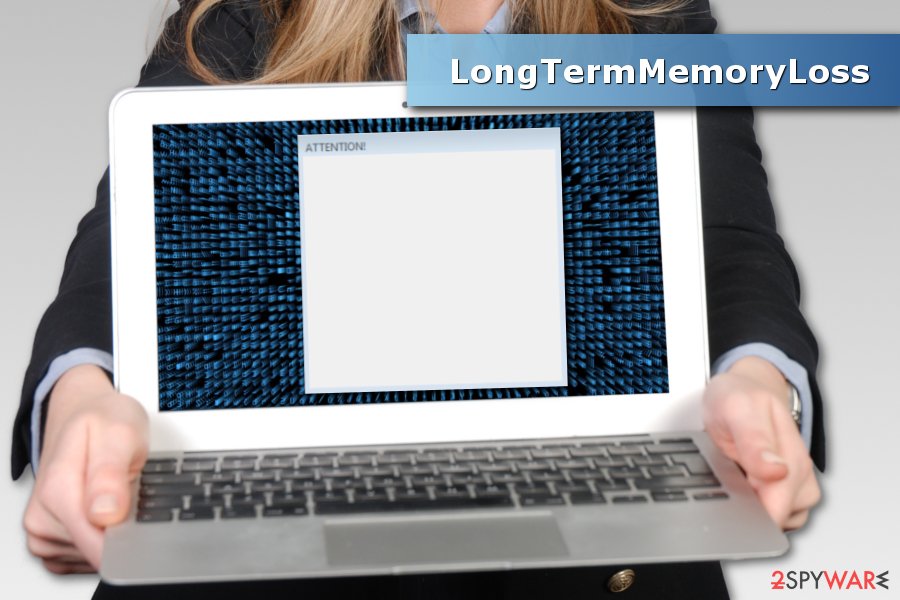
How computers get infected with ransomware
We have already mentioned that file-encrypting virus is being distributed via malicious emails. Usually, they are spam emails[2] with an obfuscated attachment. As soon as a person opens it, ransomware payload is downloaded and run on the computer.
However, specialists from odstranitvirus.cz[3] warn that users should watch out for other ransomware distribution techniques, because LongTermMemoryLoss.exe might installed on your PC via:
- bogus software downloads;
- fake updates;
- malvertising;
- exploitation of system/software vulnerabilities.
Thus, malware might affect your PC if you download illegal or camouflaged program from unreliable sources or click on malicious ads. Keep in mind that malware-laden popups or banners might be displayed on both – legitimate and high-risk websites.
Lastly, to protect from file-encrypting virus attack, you should keep all your programs updated and avoid visiting questionable websites. Of course, creating backups and installing anti-malware software should be on your bucket list too.
Uninstall LongTermMemoryLoss virus and restore data from backups
You have to remove LongTermMemoryLoss using professional anti-malware tools, such as FortectIntego, SpyHunter 5Combo Cleaner or Malwarebytes. However, if you want to use your security software, feel free to do that. No matter what tool you choose, you should not forget to update it before running system scan.
However, LongTermMemoryLoss removal might not be as smooth as you wish it to be. Ransomware might block access to security software. For this reason, you should reboot your PC to Safe Mode with Networking or use System Restore method (explanation given below) to disable the virus first.
Finally, when your PC becomes virus-free, you can safely plug in an external storage device or access data backups from the cloud.
Getting rid of LongTermMemoryLoss virus. Follow these steps
Manual removal using Safe Mode
If you cannot run automatic LongTermMemoryLoss ransomware removal, follow these steps:
Important! →
Manual removal guide might be too complicated for regular computer users. It requires advanced IT knowledge to be performed correctly (if vital system files are removed or damaged, it might result in full Windows compromise), and it also might take hours to complete. Therefore, we highly advise using the automatic method provided above instead.
Step 1. Access Safe Mode with Networking
Manual malware removal should be best performed in the Safe Mode environment.
Windows 7 / Vista / XP
- Click Start > Shutdown > Restart > OK.
- When your computer becomes active, start pressing F8 button (if that does not work, try F2, F12, Del, etc. – it all depends on your motherboard model) multiple times until you see the Advanced Boot Options window.
- Select Safe Mode with Networking from the list.

Windows 10 / Windows 8
- Right-click on Start button and select Settings.

- Scroll down to pick Update & Security.

- On the left side of the window, pick Recovery.
- Now scroll down to find Advanced Startup section.
- Click Restart now.

- Select Troubleshoot.

- Go to Advanced options.

- Select Startup Settings.

- Press Restart.
- Now press 5 or click 5) Enable Safe Mode with Networking.

Step 2. Shut down suspicious processes
Windows Task Manager is a useful tool that shows all the processes running in the background. If malware is running a process, you need to shut it down:
- Press Ctrl + Shift + Esc on your keyboard to open Windows Task Manager.
- Click on More details.

- Scroll down to Background processes section, and look for anything suspicious.
- Right-click and select Open file location.

- Go back to the process, right-click and pick End Task.

- Delete the contents of the malicious folder.
Step 3. Check program Startup
- Press Ctrl + Shift + Esc on your keyboard to open Windows Task Manager.
- Go to Startup tab.
- Right-click on the suspicious program and pick Disable.

Step 4. Delete virus files
Malware-related files can be found in various places within your computer. Here are instructions that could help you find them:
- Type in Disk Cleanup in Windows search and press Enter.

- Select the drive you want to clean (C: is your main drive by default and is likely to be the one that has malicious files in).
- Scroll through the Files to delete list and select the following:
Temporary Internet Files
Downloads
Recycle Bin
Temporary files - Pick Clean up system files.

- You can also look for other malicious files hidden in the following folders (type these entries in Windows Search and press Enter):
%AppData%
%LocalAppData%
%ProgramData%
%WinDir%
After you are finished, reboot the PC in normal mode.
Remove LongTermMemoryLoss using System Restore
-
Step 1: Reboot your computer to Safe Mode with Command Prompt
Windows 7 / Vista / XP- Click Start → Shutdown → Restart → OK.
- When your computer becomes active, start pressing F8 multiple times until you see the Advanced Boot Options window.
-
Select Command Prompt from the list

Windows 10 / Windows 8- Press the Power button at the Windows login screen. Now press and hold Shift, which is on your keyboard, and click Restart..
- Now select Troubleshoot → Advanced options → Startup Settings and finally press Restart.
-
Once your computer becomes active, select Enable Safe Mode with Command Prompt in Startup Settings window.

-
Step 2: Restore your system files and settings
-
Once the Command Prompt window shows up, enter cd restore and click Enter.

-
Now type rstrui.exe and press Enter again..

-
When a new window shows up, click Next and select your restore point that is prior the infiltration of LongTermMemoryLoss. After doing that, click Next.


-
Now click Yes to start system restore.

-
Once the Command Prompt window shows up, enter cd restore and click Enter.
Bonus: Recover your data
Guide which is presented above is supposed to help you remove LongTermMemoryLoss from your computer. To recover your encrypted files, we recommend using a detailed guide prepared by 2-spyware.com security experts.If your files are encrypted by LongTermMemoryLoss, you can use several methods to restore them:
Use Windows Previous Versions feature to get back individual files
Victims of LTML ransomware virus, who enabled System Restore before the cyber attack, can take advantage of this Windows feature to restore the most important files.
- Find an encrypted file you need to restore and right-click on it;
- Select “Properties” and go to “Previous versions” tab;
- Here, check each of available copies of the file in “Folder versions”. You should select the version you want to recover and click “Restore”.
ShadowExplorer might recover files too
If ransomware did not delete Shadow Volume Copies, this program can restore corrupted data:
- Download Shadow Explorer (http://shadowexplorer.com/);
- Follow a Shadow Explorer Setup Wizard and install this application on your computer;
- Launch the program and go through the drop down menu on the top left corner to select the disk of your encrypted data. Check what folders are there;
- Right-click on the folder you want to restore and select “Export”. You can also select where you want it to be stored.
Finally, you should always think about the protection of crypto-ransomwares. In order to protect your computer from LongTermMemoryLoss and other ransomwares, use a reputable anti-spyware, such as FortectIntego, SpyHunter 5Combo Cleaner or Malwarebytes
How to prevent from getting ransomware
Choose a proper web browser and improve your safety with a VPN tool
Online spying has got momentum in recent years and people are getting more and more interested in how to protect their privacy online. One of the basic means to add a layer of security – choose the most private and secure web browser. Although web browsers can't grant full privacy protection and security, some of them are much better at sandboxing, HTTPS upgrading, active content blocking, tracking blocking, phishing protection, and similar privacy-oriented features. However, if you want true anonymity, we suggest you employ a powerful Private Internet Access VPN – it can encrypt all the traffic that comes and goes out of your computer, preventing tracking completely.
Lost your files? Use data recovery software
While some files located on any computer are replaceable or useless, others can be extremely valuable. Family photos, work documents, school projects – these are types of files that we don't want to lose. Unfortunately, there are many ways how unexpected data loss can occur: power cuts, Blue Screen of Death errors, hardware failures, crypto-malware attack, or even accidental deletion.
To ensure that all the files remain intact, you should prepare regular data backups. You can choose cloud-based or physical copies you could restore from later in case of a disaster. If your backups were lost as well or you never bothered to prepare any, Data Recovery Pro can be your only hope to retrieve your invaluable files.
- ^ Michael Moore. What is ransomware? Everything you need to know. ITProPortal. The latest business IT news, reviews, features and guides .
- ^ Darya Gudkova, Maria Vergelis, Tatyana Shcherbakova, Nadezhda Demidova. Spam and phishing in Q3 2017. Securelist. Information about viruses, hackers and spam.
- ^ OdstranitVirus. OdstranitVirus. Latest security and spyware news.
